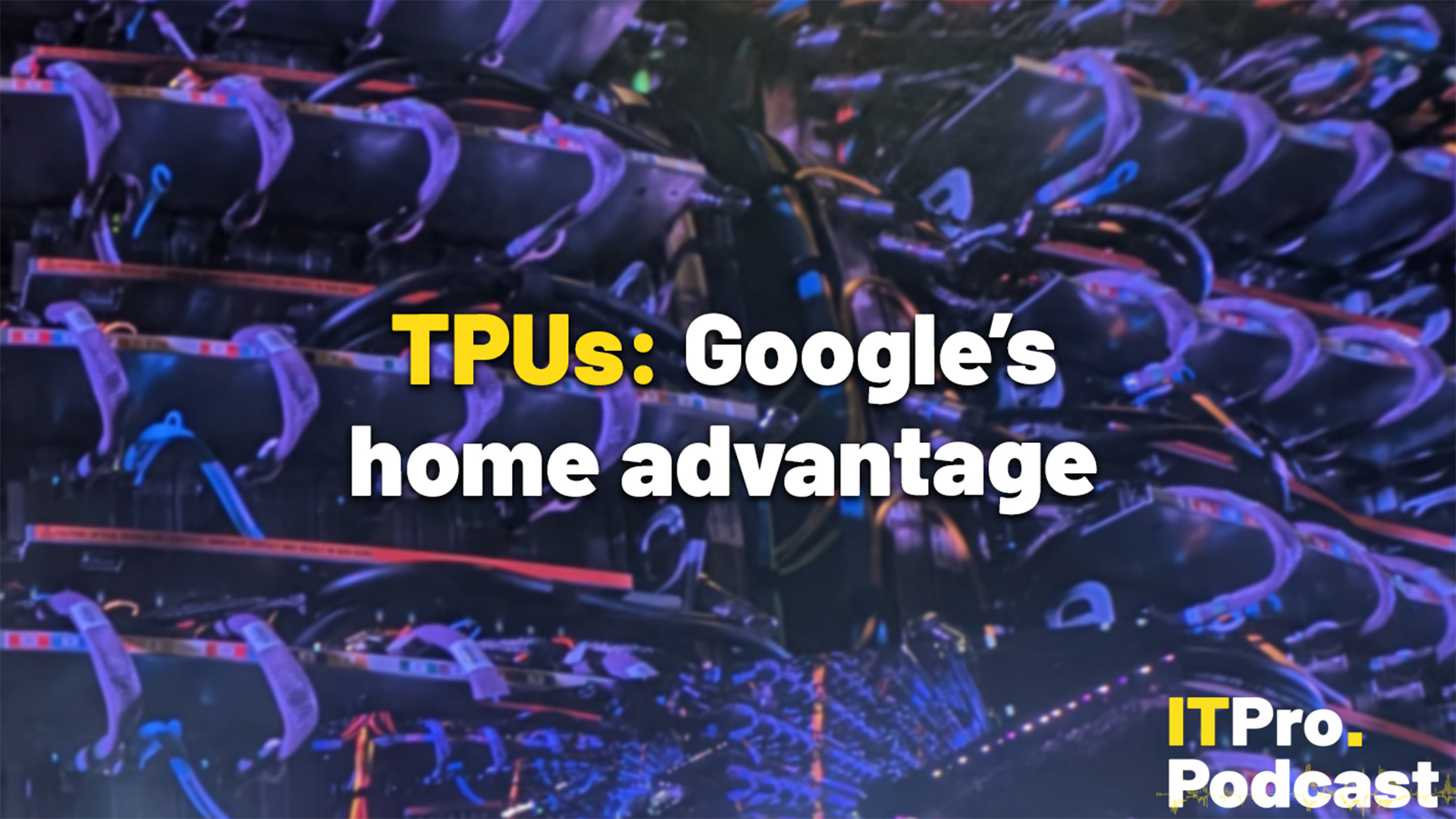Are chief AI officers here to stay?
Mainstay of the boardroom or short-term project leader, CAIOs are the subject of intense debate


AI, most notably in the form of generative AI, is becoming ubiquitous across business workflows. Just a few years on from a giant boom in this sector of the industry, it’s clear AI is only becoming more central – and the C-Suite is recognizing this demand with bespoke roles.
You can often tell what an organization cares about by the titles it gives its most senior staff. ‘Tech evangelist’ was popular at one point, as was ‘chief digital officer’ over the last decade, and now comes a new role with aspirations just as grand: the ‘chief AI officer’, or CAIO. According to a study done by Foundry, approximately 60% of respondent firms either had a CAIO already or were actively looking to hire one.
So, is this a flash in a pan, like Apple wrapping the word ‘genius’ around its in-store customer service staff branding in the early 2000s, or is this a role and title that is here to stay across the industry? Well, it won’t surprise you that opinions are mixed.
You can put Michael Finley, CTO at AI solutions firm AnswerRocket, firmly in the no camp.
"It's a challenging time for this level of change and to bring that about, you're going to need somebody at the C-level representing what's going on,” he tells ITPro. “You need a cabinet-level position to get this done. But I don't think this is something that's going to last. And the reason it's not going to last is just because it's everybody's job, it's not really just one function.”
That doesn’t mean he thinks that C-suite level representation isn’t important. Finley likens AI’s growing role in the workplace to eventually becoming like 'table stakes', with all employees needing to understand how AI impacts their roles and the broader business.
On the other hand Jane Smith, chief data and AI officer for EMEA at ThoughtSpot, sees a dedicated role for AI as the new standard for the corporate world moving forward.
Sign up today and you will receive a free copy of our Future Focus 2025 report - the leading guidance on AI, cybersecurity and other IT challenges as per 700+ senior executives
“We're moving away from innovations, POCs [proof of concepts,] to AI as AI operating systems, end to end AI stacks,” Smith tells ITPro. “And I think we need the chief AI officer role to help us with this transition. Certainly from my experience, it's not massively difficult to have a few AI models in production, but when you have a fleet of them, when you are an AI organization, it's very different.”
It’s clear that whether the roles are going to last forever or not, experts in the sector recognize the need for intensive focus on AI. Christine Kiefer, global SVP of consulting services at Ensono, tells ITPro that “time will tell”.
“I think most companies are employing a ‘Hey, let's have little pockets of the business go out and see what things we can do with AI [approach]’,” Kiefer says. “But now you're at the point where you’ve got to move beyond the fun ‘playing’ and see how you really operationalize that to transform your business…it's very hard to do in a distributed model, so having that really centralized, I think, makes a lot of sense.”
Is longevity the wrong question?
For many who spoke to ITPro, the question isn’t whether a CAIO or a similar senior departmental role should exist, or even what it is called, but who best fits that position no matter its name. To them, this is less of an organizational chart question and more of a philosophical one.
Joe Markwith, chief mastering operational AI transformation strategist at CDW, says that he tends to see companies gravitate towards filling their CAIO vacancy with someone who is more technically-minded. But this is something he advises against in his consulting work:
“The chief AI officer, from our perspective, needs to be that visionary, strategic person who ties off with the overall business impact. That ties off with the HR concerns, the security concerns, the M and A concerns the legal operations and, most importantly, the board of directors.”
While the chief AI officer needs to understand the technical side, Smith adds, they need to be able to bridge the gap between those implementing this technology and those imagining how it can be integrated into daily operations.
“Whilst this person should have technical grounding and technical experience, certainly to my mind the more important thing is that this this person is someone who can sit in a C-suite, who can orchestrate, who can bring big transformations to organizations, who can have a confident seat at a table, who can help senior people make decisions that they need to make.”
Smith also thinks that, during this swift acceleration of innovation, chief AI officers also have a key AI ethics role to play at the highest levels of technology businesses.
“These decisions, they're big, and I think every single one of us are entitled to ask, when those decisions are made, who's in the room?” she says. “Is it everybody representing all of us, all our values, or is a small group of people? And I think that we should be encouraged to ask who's in the room by chief AI officers.”
Kiefer, meanwhile, sees the demonstration of these skill sets as a key metric that will determine whether the CAIO role lasts into the future or gets swallowed by other C-suite executives’ remits.
“At the end of the day, if you can't articulate how AI or the role of the CAIO transforms the business, I think the role could eventually go away or be merged into one of these other roles,” she says. “So it's really going to be critical that people that have the chance to step into these roles demonstrate that value and the longevity of the value.”
Regardless of what you want to call a business’ leading AI role, or who you chose to fill it, the prevailing theory is that you need someone. For Finley that’s because, especially with the boom in generative AI, these tools feel a lot more like oxygen or blood than a nice to have.
"It's electricity, it's fire, it's the wheel,” he concludes. “There's something fundamentally different about it. This is really when those roles that used to be kind of a director at the analyst level doing machine learning have become now C level roles, because of how critical it is to the enterprise.”

John Loeppky is a British-Canadian disabled freelance writer based in Regina, Saskatchewan. He has more than a decade of experience as a professional writer with a focus on societal and cultural impact, particularly when it comes to inclusion in its various forms.
In addition to his work for ITPro, he regularly works with outlets such as CBC, Healthline, VeryWell, Defector, and a host of others. He also serves as a member of the National Center on Disability and Journalism's advisory board. John's goal in life is to have an entertaining obituary to read.
-
 Trump's AI executive order could leave US in a 'regulatory vacuum'
Trump's AI executive order could leave US in a 'regulatory vacuum'News Citing a "patchwork of 50 different regulatory regimes" and "ideological bias", President Trump wants rules to be set at a federal level
-
 TPUs: Google's home advantage
TPUs: Google's home advantageITPro Podcast How does TPU v7 stack up against Nvidia's latest chips – and can Google scale AI using only its own supply?